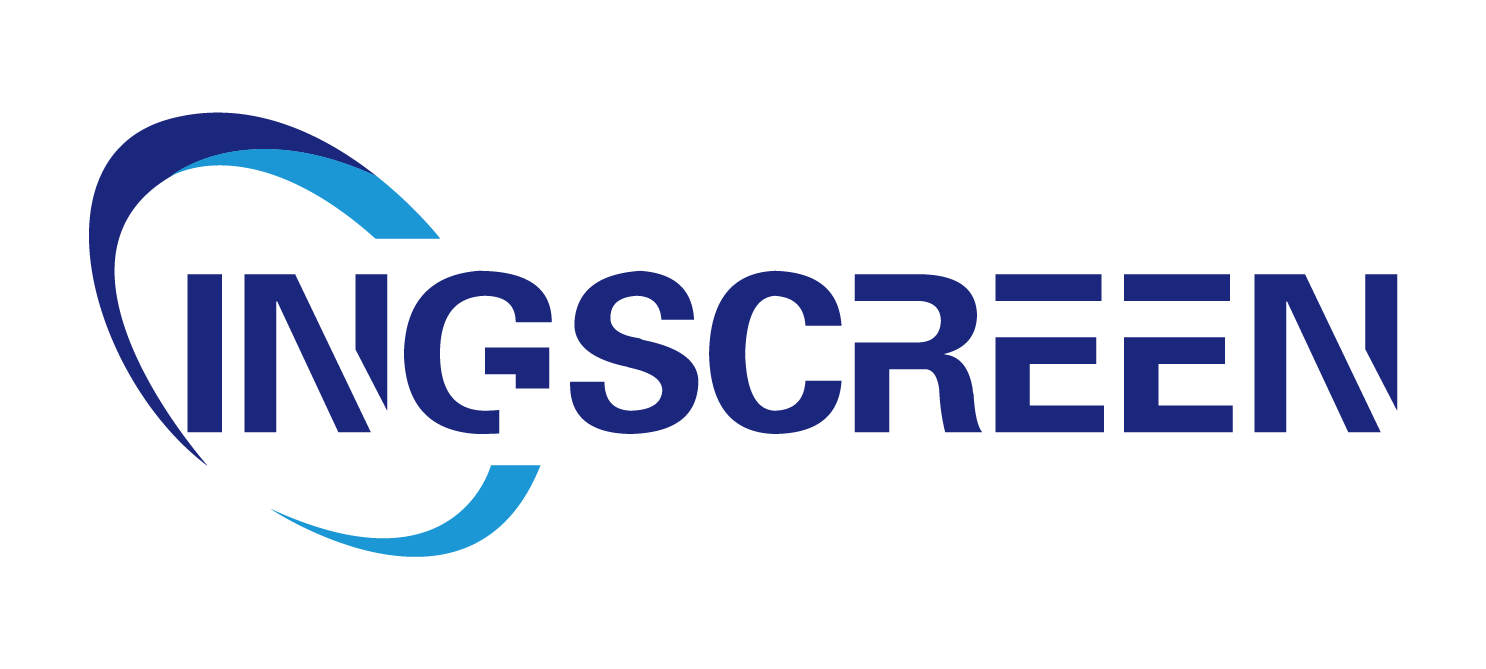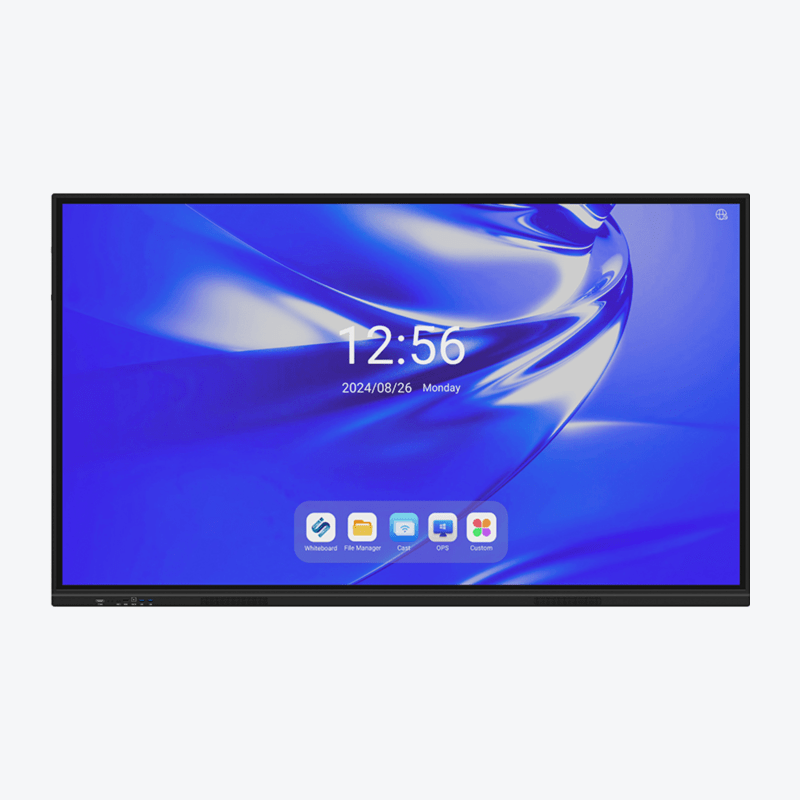Consilia Necessaria pro Optima Renditione Minimae PC
MINI PC s revolutionem fecerunt in cogitatione de computatione, vim potens offerentes in pugillaribus continuis. Verumtamen, sicut omnis systema computatronicum, hae parvae sed validae machinae curam debent habere ut continue summem renditum praebeant. Fundamenta curae minimae PC intellegere necesse est, ut vitae temporis dispositivi tui longitudo augeri possit et usus eius per annos lenis maneat.
Praeventiva cura non solum praestationis deteriusculum praevenit, sed etiam opitulatur vitare sumptuose emendationes et systematis casus subitos. Utrum tu minime PC ad res administrativas, ad opera creativa, an ad voluptatem utaris, instituendo plenum curae regimen tuum investimentum tueberis et facultates eius optime efficies.
Curatio Physica et Cura
Pulveris Regulatio et Purificationis Methodi
Tametsi parvae magnitudinis sint, minima PC maxime patiuntur a collectione pulveris, quae valde possit efficaciam refrigerandi imminuere. Purificatio regularis omni tribus aut quattuor mensibus perficienda est, secundum ambientes condiciones. Utere aere compresso ad expellendum pulverem e fenestris et internis partibus, cavens ut cana erecta teneatur ne propulsor liquidus machinationem laedat.
Cum minicomputatrum purgas, specialem curam adhibe ad ventilatores refrigerantes et dissipatores caloris. Haec componentia ad temperaturam regelandam necessaria sunt, et accumulatio pulvis calorem exsuperantem causare potest. Utere flecti molli et anti-statico pro depositis pulvis obstinatis, et semper in loco bene ventilato opera fac.
Locatio Optima et Regulatio Ambientis
Locus in quo minicomputatrum collocatur magnam partem gerit in duratione eius. Unitatem in loco bene ventilato cum sufficienti circulatione aeris undique pone. Vitato eam iuxta fontes caloris vel in spatiis conclusis, ubi calor capi possit, collocare. Temperaturam cubicularis inter 20–24 °C (68–75 °F) serva ut optime operetur.
Cogita parvi stantioli aut platformae elevatae usum ad circulationem aeris infra unitatem meliorem reddendam. Haec simplex correctio efficaciam refrigerandi notabiliter augere et pressionem in componentia interna minuere potest.
Optimizatio Programmatum et Salus Systematis
Aggiornamenta Systematis Perpetua et Gestio Directorum
Sis systema tuum operativum et ministratores in mini PC semper recentissimi, ut optima praestentia et securitas habeatur. Programma actualizations automaticas tempore non laborandi, ut negotium tuum minus turbetur. Actualizationes ministrarum saepe sunt necessariae ad compatibilitatem cum novis programmatibus et partibus mechanicis servandam.
Antequam magnae actualizationes fiant, punctum restituendi systematis crea, ne problemata compatibilitatis eveniant. Haec praecautio tibi permittit celeriter recuperare, si actualizatio problemata inopinata generet.
Gestio et Optimalisatio Spatii Memoriae
In disco principali ad minimum 20% spatii liberi servato, ut systema optime paret. Frequenter utensilia purgandi discum utere, ut files temporarias, vetus conlationes et inutiles systematis fichae removeas. Utendi sunt instrumenta compactionis disci pro HDD, sed memineris SSD non eget compactione.
Implementa systema organisationis fasciculorum ut conservatio tua efficaX et tractabilis maneat. Move fasciculos raro usos ad solutiones conservationis externas ut spatium in disco principali liberetur et responsio systematis servetur.
Monitoring et Emendatio Praestantiae
Gestio Temperaturae et Rerum
Installa software fidigna ad temperaturas systematis et usum rerum observandas. Tene temperaturas CPU infra 80°C sub onere et perfice operationem refrigerandi idoneam. Observa usum RAM et clude applicationes superfluae in background ut res systematis liberentur.
Cogita de usura instrumentorum optimisationis praestantiae quae possunt iuvare defectus in systemate identificandos et solvendos. Haec instrumenta perceptiones pretiosas suppeditare possunt de his partibus quae attentionem vel emendationem requireant.
Configuratio Gestionis Potestatis
Optime potestatem ut muneris et efficacitatis energiae componas. Consociationes potestatis creā quae cum usū tuō conveniant, ne componentibus frustra oneri simus. Dormiendi ac hibernandi figurations disponere ad minuendam consumtionem in temporibus inactionis.
Potestas cyclīcē renōvāta auxilium ferre potest memoriae systematis purgandae et levibus problematibus muneris solvendis. Mensibus singulis restitui scribe ut stabilis status systematis servetur et effusio memoriae munerī noceat.
Mantentia et emendatio instrumentorum
Aestimatio et substitutio partium
Partes instrumentorum saepius inspice signa consumptionis vel deteriationis. Maxime autem discos memorativōs observa, quod saepe praeostendunt signa antequam frangantur. Partes prospiciente commuta si signa deteriationis ostendant vel si ad finem vitae suae expectatae appropinquent.
Periodos praescriptionis custodi et documenta servantia mutationum aut emendationum instrumentorum tene. Haec informatio valde utilis esse potest ad quaerenda problemata et petitiones praescriptionis
Consilium Progressivae Sublimationis
Programma mutationum instrumentorum secundum tua necessitates praestantiae et consuetudines usus. Considera incrementum RAM vel spatii ubi frequenter ad fines pervenis. Diligenter investiga compatibilitatem antequam nova instrumenta emas, quia miniti computatrina saepe certas magnitudinis et alimentandi limitationes habent.
Documenta historiam tuarum sublimationum et conserva viam ad meliora futura. Haec ratio adiuvat ut mutationes conveniant cum tuis longinquibus necessitatibus et rationibus pecuniariis.

Saepe Interrogata Quaestiones
Quotiens debet purgari miniti meum computatrinum?
Ad optimam praestantiam, purga miniti tuum computatrinum ter aut quater in anno. Si autem in loco pulverulento operaris aut crebrescentiam strepitus ventillatoris agnoscis, frequentior purgatio necessaria esse potest. Semper utensilia idonea utere et rectas cautions sequere dum purgas.
Quae sunt signa quae arguunt miniti meum computatrinum opus habere emendatione?
Observa symptomata, ut crescentem strepitum ventilonis, tardiorem operationem, subitas interruptiones aut temperies operationis superiores normalem. Haec signa saepe indicant necessitatem conservationis vel optimisationis ad functionem rectam restituendam.
Possumne componentes in minifonico meo meliorare?
Multi minifonici permittunt quasdam componentium meliorationes, praesertim RAM et impulsores memoriae. Optiones tamen meliorandi inter modelos valde variant. Consule documenta instrumenti tui vel specificationes fabricantis ut determines quae componentes in tuo modelo possint meliorari.
Quomodo possum amissionem datorum durante conservatione minifonici vitare?
Semper conserva data importans antequam conservationem aggrediaris. Utere solutionibus certis ad conservandum et serva plures copias file criticalium. Considera instituere schematum frequentis conservationis ut tua data protegantur, sive quando conservatione opus sit.




